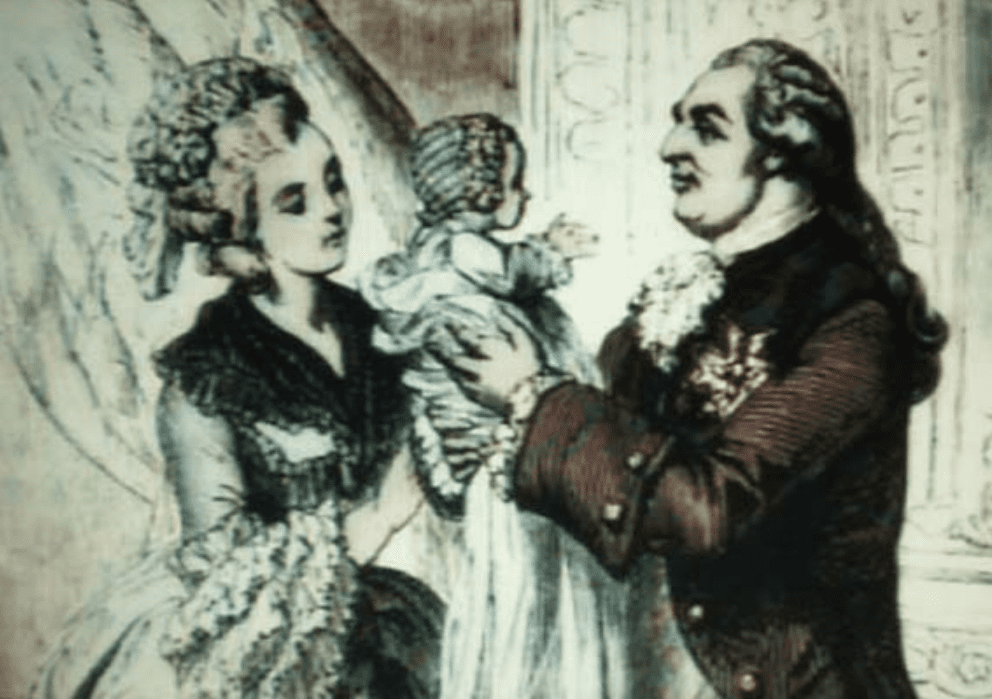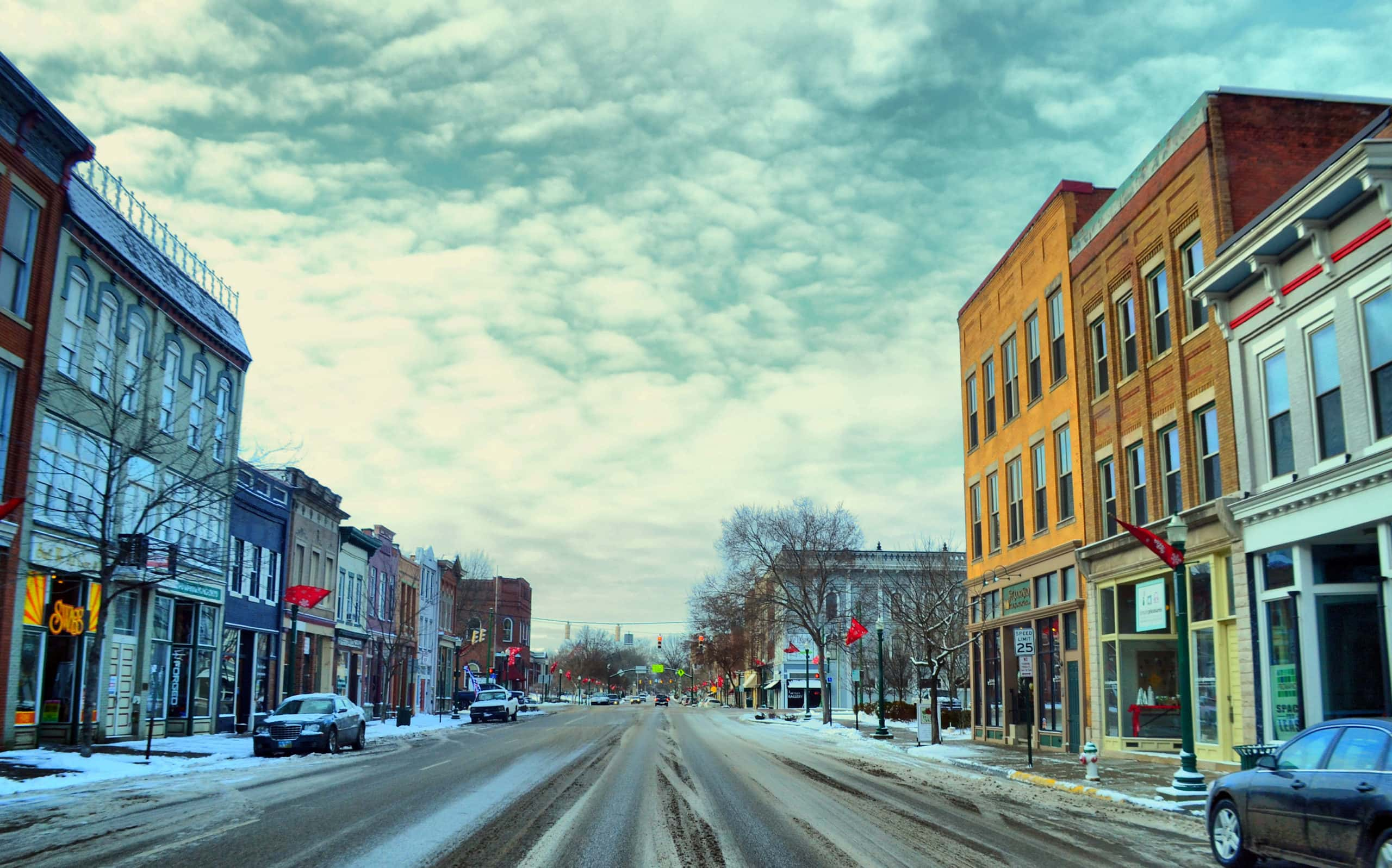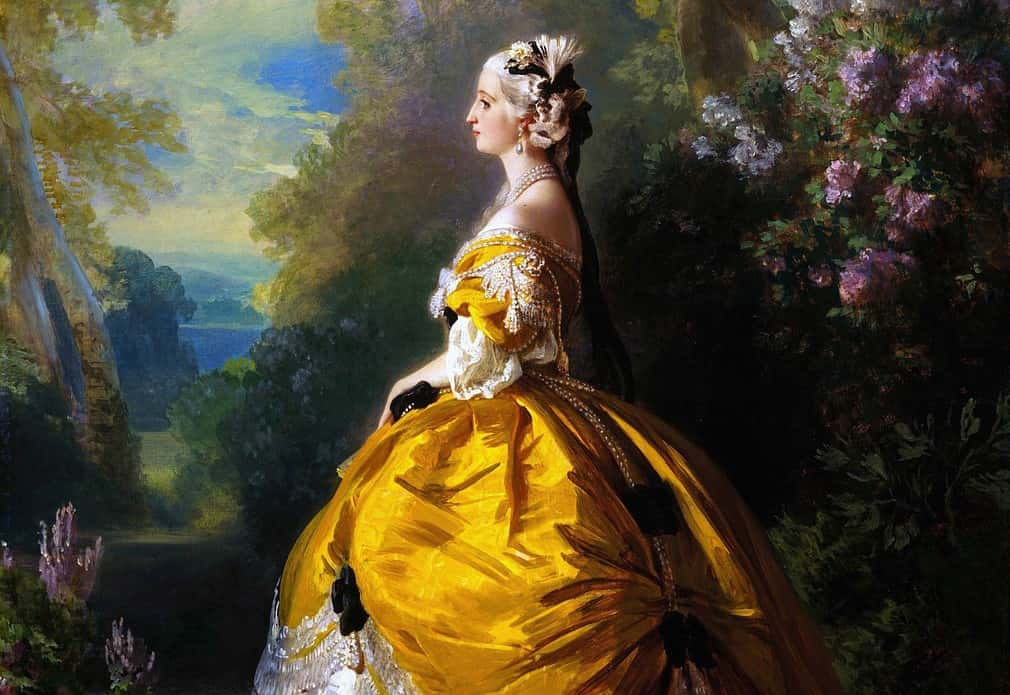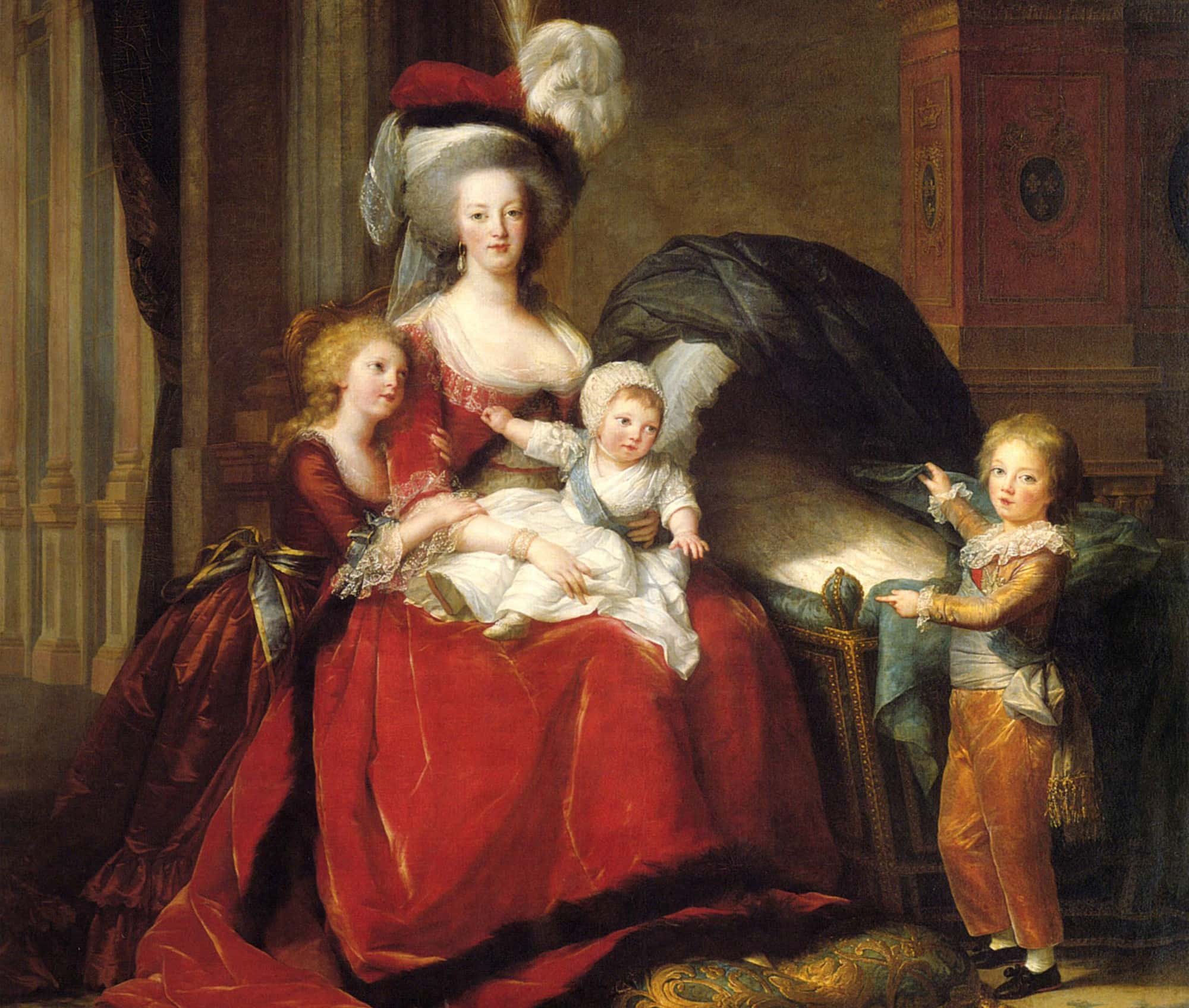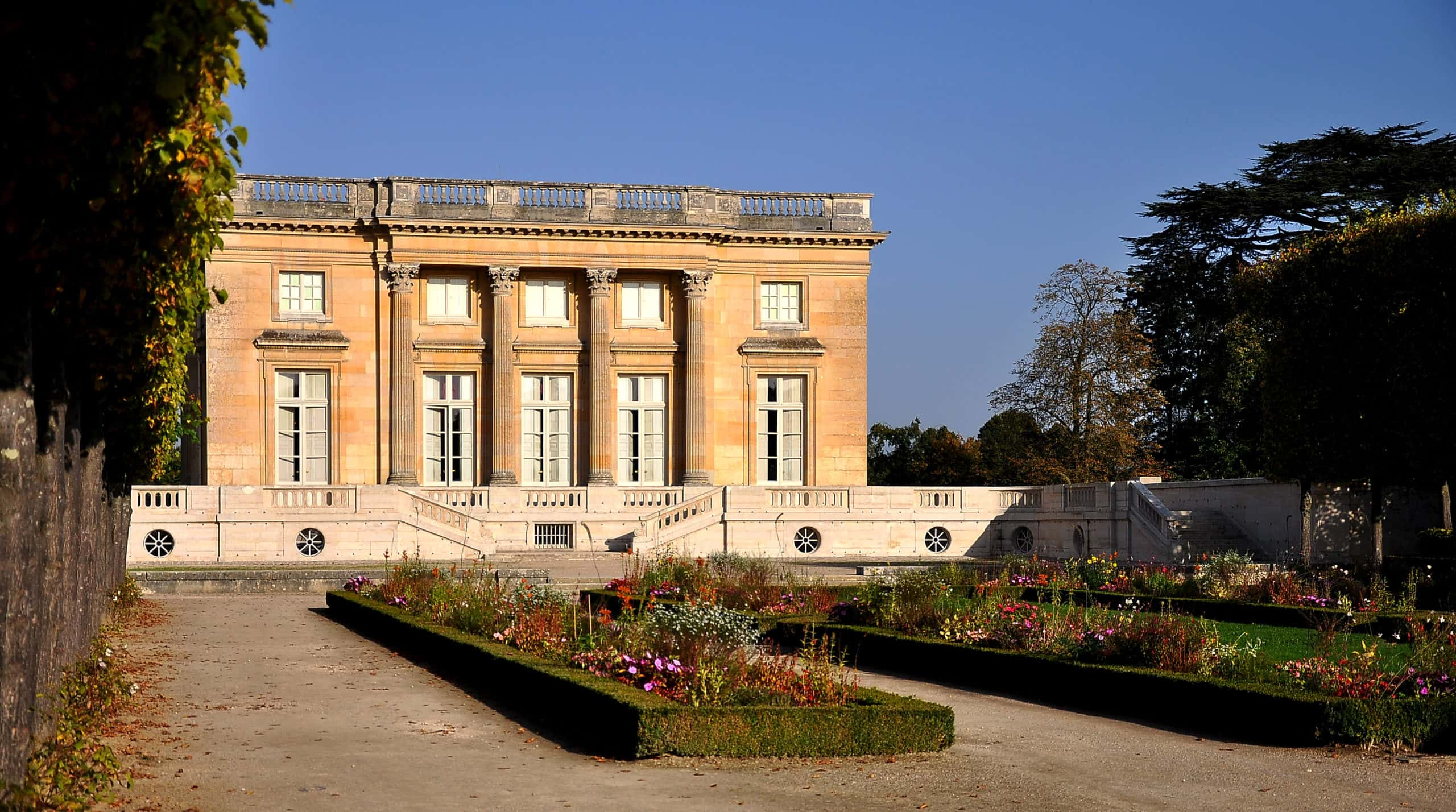“I was a queen, and you took away my crown; a wife, and you killed my husband; a mother, and you deprived me of my children. My blood alone remains: take it, but do not make me suffer long”— Marie Antoinette
Marie Antoinette was the last Queen of France before the French Revolution. She was born Maria Antonia Josepha Johanna on November 2, 1755, and she was the Archduchess of Austria and one of the children of Empress Maria Theresa and Holy Roman Emperor Francis I. When her husband Louis XVI became king of France, she gained the title of Queen of France and Navarre. In 1793, she was convicted by the Revolutionary Tribunal of high treason and was executed by guillotine on October 16, 1793. Below are 44 head-rolling facts about the former French Queen.
Marie Antoinette Facts
44. Donkey Riding
Marie Antoinette wanted to ride horses when she arrived in Paris, but there were strong objections because of fears that she could be harmed while riding. As a compromise, she agreed to ride donkeys instead, and this resulted in her ladies and Louis XV’s daughters riding donkeys as well, which actually started a trend among French noblewomen.
43. The Queen’s Ship
The USS Queen of France was a frigate in the Continental Navy. Originally a French ship, and purchased by Benjamin Franklin and Silas Deane in 1777, it was outfitted as a 28-gun frigate. The Queen of France conducted several successful missions before being purposefully sunk at Charleston to avoid it falling into British hands.
42. Child Bride
Marie Antoinette was only 14 years old when she married the 15-year-old man who would soon be named Louis XVI. The marriage was arranged to solidify an alliance between former enemies Austria and France, and their wedding ceremony took place the day after their meeting.
 Marie Antoinette (2006), Columbia Pictures
Marie Antoinette (2006), Columbia Pictures
41. Delayed Consummation
As was the custom, the newlyweds were escorted to their bedchamber by the groom’s grandfather, who blessed their bed, kissed then both, and left them to produce a royal heir. However, nothing happened between them for seven years. There has been much speculation over the years as to why the couple had not consummated their marriage, with many people suspecting Louis of some kind of physiological disorder. Today, most historians agree that it was actually just Louis's shyness, coupled with Antoinette's lack of interest in sex. Eventually, in 1777, her brother, Joseph II, Holy Roman Emperor, came to Versailles and essentially told the couple to smarten up. Their first child was born a year later.
40. Who Needs a Groom?
Marie Antoinette and Louis XVI were first married on April 19, 1770, by proxy in Vienna. Her older brother Archduke Ferdinand stood in for Louis, and two days later, she left Austria for France, never to return. On May 16, 1770, she and Louis were properly married in the Chapel Royal in Versailles.
39. Shoe Toss
In the 18th century, the streets of Versailles were filled with animals and excrement. It would be impossible to keep the same pair of shoes clean if you were regularly walking through the streets in them, so they were often disposed of every few days instead of cleaned. Contrary to popular belief, Marie Antoinette did not own that many shoes. Other members of the Royal family spent more on clothes than she did, including her brother-in-law, who possessed enough shoes to have a different pair every day of the year.
38. A Royal Entourage
Marie Antoinette was accompanied to France by 57 carriages, 117 footmen, and 376 horses. The wedding was also lavishly celebrated, where Antoinette was presented with a collection of magnificent jewels, traditionally belonging to a French Dauphine (Queen in waiting).
 Marie Antoinette (2006), Columbia Pictures
Marie Antoinette (2006), Columbia Pictures
37. The Little White Dress
The white dress that became the unofficial uniform of French Revolutionary women was first worn and designed by Marie Antoinette herself. Together with her seamstress, she designed a simple little white dress to combat the public’s idea of her as a woman addicted to excess. When she wore it, she didn’t look like a queen. The point of the dress was to make herself look more like a"‘woman of the people," but the idea backfired, and she was scorned for wearing such a "downmarket" outfit.
36. Sorta Like a Rock Star
Before she was queen, Marie Antoinette was a captivating figure to the French public. When she made her first appearance as a teenager in the French capital, the crowd of 50,000 Parisians became so rowdy that at least 30 people were trampled to death.
 Marie Antoinette (2006), Columbia Pictures
Marie Antoinette (2006), Columbia Pictures

Sign up to our newsletter.
History’s most fascinating stories and darkest secrets, delivered to your inbox daily. Making distraction rewarding since 2017.
35. Marietta, Ohio
In 1788, when the first permanent settlement of the Northwest Territory was founded at the where the Muskingum and Ohio Rivers meet, a group of American Revolution veterans wanted to honor France, since they had been instrumental in assisting them against the British. They named the community Marietta, Ohio after the French queen, and sent her a letter offering her a "public square" in the town.
34. Gravity-Defying Hairdo
The Queen’s hairdresser Leonard Autie was responsible for creating her sky-high hairstyles which reached heights of almost four-feet high. He adorned them with feathers, trinkets, and even a model of the famous French warship La Belle Poule, after the real-life version had sunk a British frigate.
33. A Parental Warning
In her role as Queen, Marie Antoinette was expected to lead in fashion, but with few royal duties, she spent her days socializing at the palace and came to develop expensive tastes. In addition to her spending on clothes, she also spent 3 days gambling with friends leading up to her 21st birthday. Her behavior was reported to her mother, who wrote her a letter telling her to smarten up.
 Marie Antoinette (2006), Columbia Pictures
Marie Antoinette (2006), Columbia Pictures
32. Homesick
Perhaps due to her youth, Marie Antoinette did not initially adjust well to married life or life in the palace, and her letters home to her mother revealed just how homesick she was, as well as her distaste for court rituals. In one letter she said, “Madame, my very dear mother, I have not received one of your dear letters without having the tears come to my eyes.”
31. A Delicate Beauty
Marie Antoinette was described as being ‘delicately beautiful’. She had grey-blue eyes, ash blonde hair, and pale skin. At age 12, she had corrective surgery to straighten her crooked teeth, and after that, she had a smile that was described as “very beautiful and straight.”
30. Don’t Forget to Wear Clean Clothes!
As a child, Marie Antoinette was something of a tomboy. She would play with commoner’s children, ride horses, and hunt. Contrary to the popular image of her, her mother found it necessary to write her letters telling her to wear clean clothes and brush her hair even after she married.
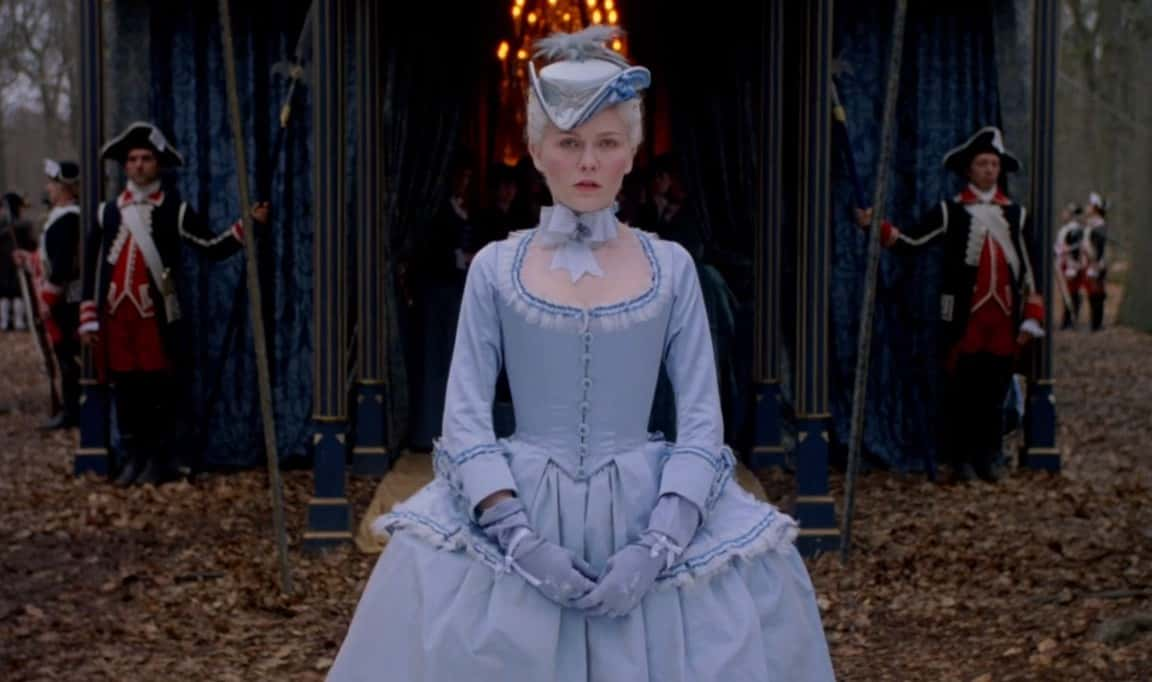 Marie Antoinette (2006), Columbia Pictures
Marie Antoinette (2006), Columbia Pictures
29. School Wasn’t Her Thing
Marie Antoinette was a poor student, despite her tutor finding her “more intelligent than has been generally supposed.” He described her as “lazy” and “hard to teach,” and she supposedly had atrocious handwriting.
28. Smear Campaign
Prior to Louis XVI, the politically themed pornographic pamphlets and books that circulated through France would focus on the King’s mistresses, who were subject to ridicule, and considered promiscuous for their part in the King’s affairs. Louis had no mistresses, and therefore, critics unfairly turned their attention towards the Queen. Creating propaganda that portrayed the Queen as immoral was a way for revolutionaries to "prove" that the monarchy was corrupt, and they insinuated that she slept with several men and women, including her brother-in-law.
27. Affair of the Diamond Necklace
In 1785, a scandal known as "The Affair of the Necklace" shocked the French court, and it would eventually be used as an example to discredit the French Monarchy. It began with the procurement of a diamond necklace worth 1,600,000 livres (about $10,000,000 USD) by the Comtesse de La Motte, supposedly for the Queen. In reality, it was for herself and her associates. Though the fraud was eventually exposed and the Queen proved innocent, the damage was done, and became one of the factors leading to the dissolution of the old order, and to the French Revolution.
26. Her Favorite Things
Marie Antoinette had a fondness for flowers. She decorated her walls with flowered wallpaper, had her furniture upholstered and painted with floral motifs, and had a flower garden of her own on her estate in Versailles. She even had a special perfume made, with a mixture of orange blossom, jasmine, iris, and rose.
25. A Chocolaty Start to the Day
Marie Antoinette also loved chocolate, and had her own chocolatier at Versailles. Her poison? Liquid chocolate, which she drank every morning with whipped cream, sometimes flavored with orange blossom. Chocolate was still a luxury for most people at the time, and her affinity for it gave revolutionaries one more reason to resent her.
24. Was Fond of Children
Marie Antoinette loved children, and adopted a number of children during her reign. When one of her maids passed away, she adopted the woman’s daughter, and the girl grew up with Marie’s own daughter. She also adopted the three children of a deceased usher and his wife. Two of the children entered a convent, which the Queen paid for, and the third became a companion for her son Louis-Charles.
23. Kind and Generous
Although political pamphleteers of the time enjoyed portraying Marie Antoinette as a villain, in reality, she was incredibly kind and generous. Once, while on a carriage ride, one of her attendants ran over a wine grower in his fields. She personally attended to the injured man, and paid for his care and to support his family until he was better.
 Marie Antoinette (2006), Columbia Pictures
Marie Antoinette (2006), Columbia Pictures
22. Charitable Donations
Along with her husband, Marie Antoinette was a generous philanthropist. She established a home for unwed mothers and supported the Maison Philanthropique, which took care of the aged, widowed and the blind. During the famine of 1787, she sold the royal flatware in order to provide grain to families who were struggling.
21. Madame Veto
With the country straining under the pressure of debt and a stagnating economy, Louis XVI proposed reforms to end the worst of the excesses, and to impose a more progressive taxation system. The reforms were blocked by clergymen and the nobility, but the press blamed Marie Antoinette, labeling her “Madame Veto.” There’s little evidence to prove whether or not she ever did veto the proposals.
20. Buried and Dug Up
After her execution, Marie Antoinette’s body was placed in a coffin and put into a common grave behind the Church of Madeline. In 1815, after the Bourbon Restoration returned Louis XVIII to the throne, he ordered the bodies of his brother Louis XVI and his wife to be exhumed and re-buried with the other royals in the Basilica Cathedral of Saint-Denis.
 Wikimedia Commons, Eric Pouhier
Wikimedia Commons, Eric Pouhier
19. The Secret Affair
Marie Antoinette’s love life has been the subject of speculation for centuries, but in 2016, newly decoded letters suggested that the Queen had a passionate affair with a Swedish Count named Axel von Fersen. In one letter to him she wrote: “I will end [this letter] but not without telling you, my dear and gentle friend, that I love you madly and that there is never a moment in which I do not adore you.” The new revelations also suggest that her daughter Sophie, who died as a baby, was fathered by Count Fersen, and that her second son Louis Charles may also have been his child.
18. Shedding Austria
On May 7, 1770, as a symbolic act of loyalty at the "hand over," Marie Antoinette was required to leave her Austrian clothes, servants and her dog behind. She was literally stripped of her nationality, and dressed in French clothing before being taken to Strasbourg for a Thanksgiving Mass in her honor.
 Marie Antoinette (2006), Columbia Pictures
Marie Antoinette (2006), Columbia Pictures
17. Elaborate Etiquette
Getting dressed in the morning could be a tedious affair for the French Queen. She was assisted out of bed each morning and dressed by her ladies-in-waiting. The lady with the highest rank would hand Marie her bloomers, another could tie her petticoats, after a different one had to put them on her. Finding it hard to take, after a month, she talked her ladies-in-waiting into allowing her to bathe solo.
 Marie Antoinette (2006), Columbia Pictures
Marie Antoinette (2006), Columbia Pictures
16. Appeal to All Mothers
At Marie Antoinette’s trial, prosecutors accused her of incest with her youngest son Louis-Charles. When facing the accusations, her reply forced the courtroom to fall silent in shame. She said “Nature refuses to answer such a charge brought against a mother. I appeal in this matter to all the mothers present in court.”
15. The Mozart Connection
When they were children, Mozart and his sister visited Marie Antoinette at the court in Vienna and played for the Royal family. A tale was passed around claiming that the musician had proposed marriage to the future Queen, but in reality, all that happened is that Mozart received a kiss from her mother, the Empress.
14. Madame Deficit
During her reign, Marie Antoinette became a hate symbol for those wishing to overthrow the privilege and power of the French Aristocracy. French society suffered from a deep class divide and she became known as Madame Deficit for her lavish spending. She was especially hated for the money she spent refurbishing the Palace of Versailles, particularly, her mini-estate, the Petit Trianon. Even though it had been built for the previous King’s mistress, it became associated with the Queen, and how out of touch with reality she was.
13. Opposites…Attract?
When it came to personalities, Marie Antoinette and Louis XVI were opposites. Whereas Louis was introverted, Antoinette was gregarious, extroverted and confident—a true social butterfly. They also kept different schedules, with him going to bed early and her going out to party. These differences may have contributed to the delay in consummating their marriage.
 Marie Antoinette (2006), Columbia Pictures
Marie Antoinette (2006), Columbia Pictures
12. Not Without Her Children
Outside of France, there were people who wished to help the doomed Queen escape after she was arrested, but she refused to leave without her children. She responded to her would-be rescuers in writing, stating: "I could not have any pleasure in the world if I abandoned my children. I do not even have any regrets."
11. A Woman of Action
When Revolution threatened to break out in France, Marie Antoinette took action to try and save her family. While Louis XVI was indecisive, she wrote letters to other rulers asking for military support, and conducted many meetings to try and salvage the monarchy.
10. False Charges
It took nine months after her husband was executed for the Revolutionary Tribunal to put Marie Antoinette on trial on made-up charges. After a two day trial, a jury found the former queen guilty on all charges and sentenced her to death.
9. The Carnation Affair
On August 29, 1793, Marie Antoinette was passed a secret message inside the petals of a carnation by a man named Alexandre Gonsse de Rougeville, who was an ardent supporter of the Queen. His message told her to prepare herself for rescue. The plan failed when guards caught her reply, which she had pin-pricked into a piece of paper.
8. The Last Letter
Shortly before her execution, Marie Antoinette begged the warden for a pen and some paper, and she proceeded to write a letter to her sister-in-law Elisabeth known as her “Testament.” She wrote of her love for her friends and family, and asked that her children not seek revenge for her execution. Reportedly, after finishing the letter, she kissed each page repeatedly and returned it to the warden. Sadly, the letter was confiscated, and Elisabeth never received it.
 Marie Antoinette (2006), Columbia Pictures
Marie Antoinette (2006), Columbia Pictures
7. Pardon Me Sir!
Marie Antoinette’s upbringing instilled in her a courtesy for apologizing for minor mistakes. After stepping on the executioner’s foot, she apologized to him, saying “Pardon me sir, I meant not to do it.”
6. Fashion Her Way
Marie Antoinette was known for being a fashion trendsetter, and frequently defied court etiquette and fashion to dress in a more casual manner. She set a standard that the ladies of Versailles scrambled to keep up with, and at the same time, scandalizing others with her style.
5. Bird in a Cage
Whenever she felt trapped by court life, Marie Antoinette escaped to her private mini chateau, the Petit Trianon, on the grounds of the palace of Versailles. No one was allowed to enter the grounds without her express permission, and only people from her inner circle were invited. The interiors reflected her desire for privacy, and it was a place of refuge for her.
4. Vive La Republique!
The day of the execution, Marie Antoinette was placed in a tumbrel (a two-wheeled cart used during the French Revolution to take prisoners to the guillotine) and taken on a roundabout route through the city to the guillotine. When her head fell, it was shown to the thousands of spectators who cried “Vive la Republique.”
3. Courage, My Word
Moments before her execution, the priest present at the execution told her to have courage. She responded by saying "Courage? The moment when my ills are going to end is not the moment when courage is going to fail me."
2. It Wasn’t Her Fault
Despite claims from sources such as Mary Wollstonecraft and Thomas Jefferson, Marie Antoinette’s excessive spending was not the true cause of the French Revolution. When she and Louis XVI took the throne, the country was already broke, and the treasuries were empty. While her spending certainly didn’t help France’s economic problems, it didn’t break the proverbial bank. Louis’ unpopular and expensive decision to send troops to America to help with the American Revolution was a much bigger cost, but Marie Antoinette made an easy scapegoat.
1. Famously Misquoted
Marie Antoinette never actually said “Let them Eat Cake,” which ironically, is her most famous quote. The words were supposedly the Queen’s response to being told that the peasants had no bread and were hungry, and has been cited as an example of her insensitivity to the plight of her subjects. There’s no historical evidence in newspapers, pamphlets, and other printed materials of the time, so it’s likely that the quote was picked up by the revolutionaries, and falsely spread as propaganda.
Sources: 1, 2, 3, 4, 5, 6, 7, 8, 9, 10, 11, 12, 13, 14, 15, 16, 17, 18, 19, 20, 21, 22



